The invasion of Ukraine has caused the oil majors to be experiencing a golden age. The price of a barrel of Brent once again traded above $100 for the first time since the fracking boom sank prices. Just when their profits are skyrocketing, the International Energy Agency (IEA) warns that “the moment of truth” has arrived for them to make the leap towards the ecological transition.
But the warning is not being taken into account, quite the opposite. Governments may insist on saying what they are going to do to limit GHG emissions into the atmosphere, but companies continue doing their thing, which is increasingly extracting and selling fuels.
According to the 2023 Production Gap Report, globally, governments plan to produce 110% more fossil fuels in 2030 than would be necessary to limit global temperature rise to 1.5°C, and 69% more than would be consistent with limiting warming to 2°C. Production gap that will increase over time: in 2050, projected fossil fuel production will be 350% and 150% higher than levels compatible with limiting warming to 1.5°C or 2°C. On the positive side, the report notes that the global pace of vehicle electrification has far exceeded previous expectations or that in Europe, renewable energy capacity is expected to double between 2022 and 2027.
Disconnection between government objectives and actions
Companies plan to produce 110% more fossil fuels in 2030 than would be consistent with limiting global warming to 1.5°C, and 69% more than would be consistent with limiting warming to 2°C . This production gap is also expected to increase over time: in 2050, projected fossil fuel production will be 350% and 150% higher than levels compatible with limiting warming to 1.5°C or 2°C. . These are the companies’ forecasts, assumed and agreed to by the respective governments, which should correct these forecasts downwards.
- According to the report, oil and gas companies increased their investments in exploration and production by 39%, to almost $500 billion in 2022 worldwide, the highest level since 2014. Likewise, many of These planned production projects could also become worthless assets as the world decarbonizes and fossil fuel extraction targets fail to reflect falling demand and changes in socio-political realities. It makes no sense to think about doing one thing and then do the opposite, especially given the importance of the consequences of doing nothing.
Reasons to move forward with fossil fuel projects
The energy crisis unleashed after the war in Ukraine, the consequent pressures on the global energy supply, and the record demand despite the record prices reached in this period, have made the business more lucrative for companies, which enter into a new stage of growth in its productive and commercial activities. For example, there are many plans to invest in liquefied natural gas infrastructure by both exporters and importers. Many countries promote gas as a “bridge” or “transitional” fuel, but with no apparent plans to abandon it, and 2050 is just around the corner, so to speak.
The energy crisis has also contributed to accelerating a more widespread transition towards renewable energy.
But not everything is negative in the report. It also points out some positive data, such as the global pace of vehicle electrification, which has far exceeded previous expectations. In Europe, renewable energy capacity is expected to double between 2022 and 2027. Australia and the United States passed landmark climate laws in 2022, China is on track to double its wind and solar power capacity by 2025 instead of 2030 , and India allocated more than $4 billion to clean energy in its national budget.
Governments together maintain their plans to produce more than double the amount of fossil fuels in 2030 than would be necessary to limit warming to 1.5 °C, but IPCC data seem to indicate that this objective would not be achieved with these production plans. Sustaining this global production gap represents a threat to a well-managed and equitable energy transition.
In sum, governments’ plans and projections would lead to increases, worldwide, in coal production until 2030, and in gas and oil production until 2050, at least. These data conflict with the commitments made by governments under the Paris Agreement and with expectations that demand for coal, oil and gas around the world will peak this decade, even without the implementation of new policies. .
Major producing countries have committed to achieving net-zero emissions and have launched initiatives to reduce emissions caused by fossil fuel production. However, none of them took responsibility for reducing coal, oil and gas production to limit warming to 1.5°C.
Governments must be more transparent in their plans, projections and support for fossil fuel production, in addition to explaining how these align with climate objectives.
It is deeply necessary for governments to adopt both short- and long-term reduction targets in fossil fuel production and use to complement other mitigation targets and lessen the dangers of stranded assets. In other words: either they submit to the producing companies to meet these objectives, and it is completed on time and forms a total transition towards renewable energies.
Given the risks and uncertainties involved in removing carbon dioxide and capturing and storing carbon, countries must focus on a progressive decrease in coal production and use until they are almost completely eradicated by 2040. In addition, they must aim to reduce combined production and use of gas and oil by 2050 to reach, at most, a quarter of 2020 levels. The risk that these measures do not evolve on a large scale is a necessary reason to implement a gradual reduction of fuels fossils even faster across the planet.
An equitable transition aimed at eliminating the production of fossil fuels must imply recognition of the differentiated capacities and responsibilities of each country. Governments with greater capacity to carry out the transition should aim for more ambitious reductions and contribute financing for transition processes in countries with limited capacities.
This is what is needed to stop increasing environmental deterioration. From here, we will see what percentage of what is needed is fulfilled, and only then can we have a more or less clear idea of the future that awaits us. I particularly believe that it is going to be a very dark future, as black as coal.
To see the full original report, click this link.
To see the Executive Summary of the Report, click here.
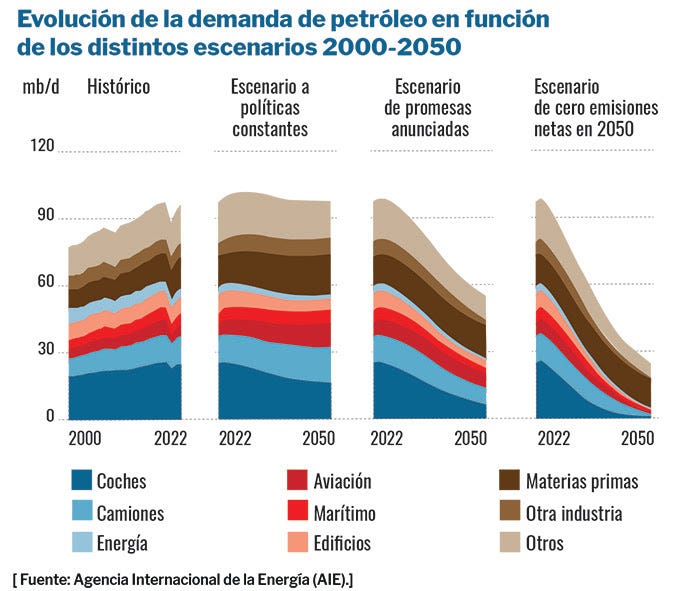
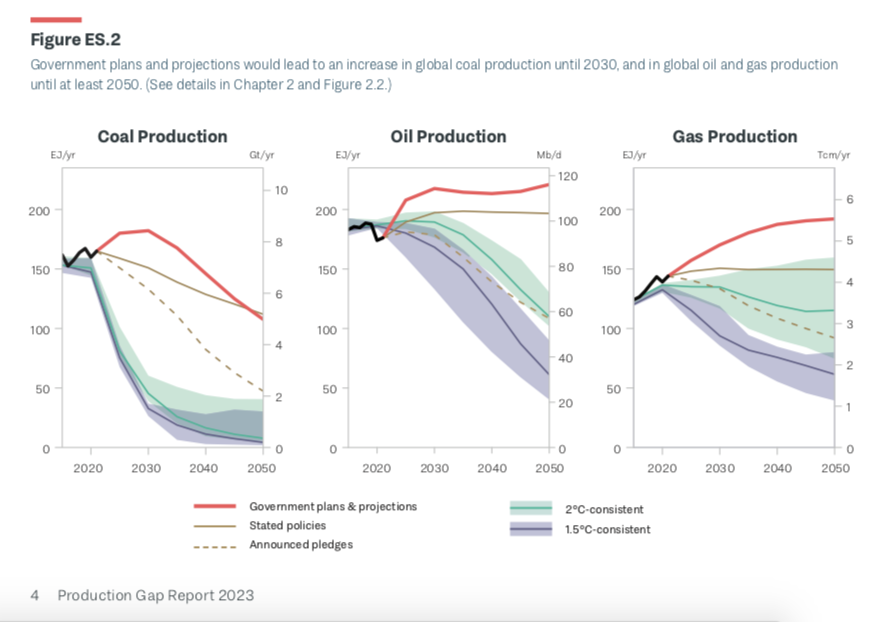
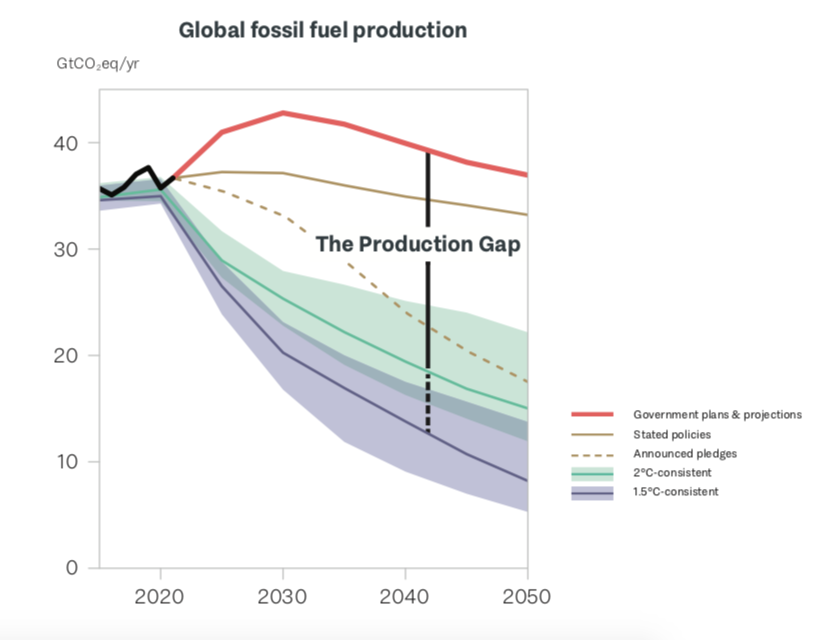
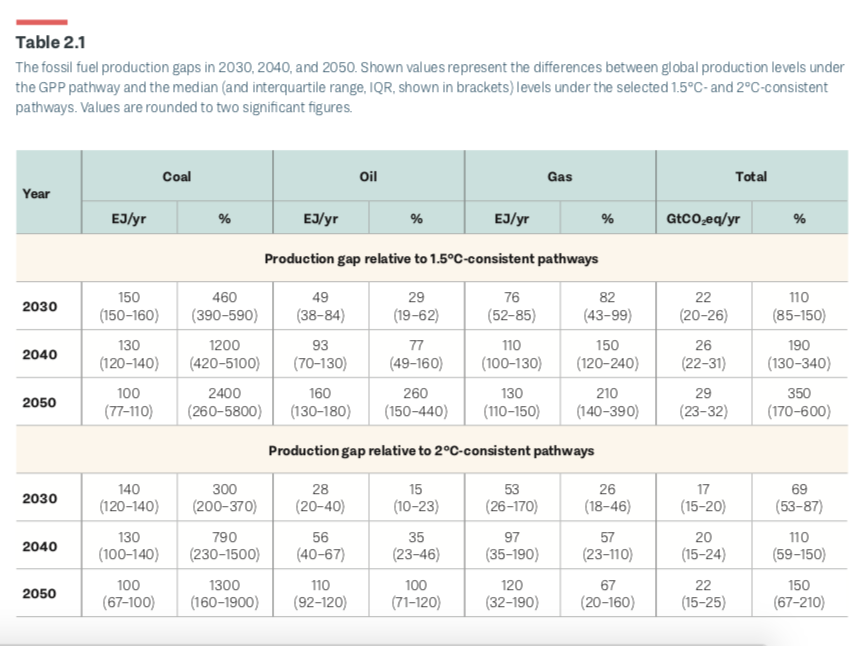
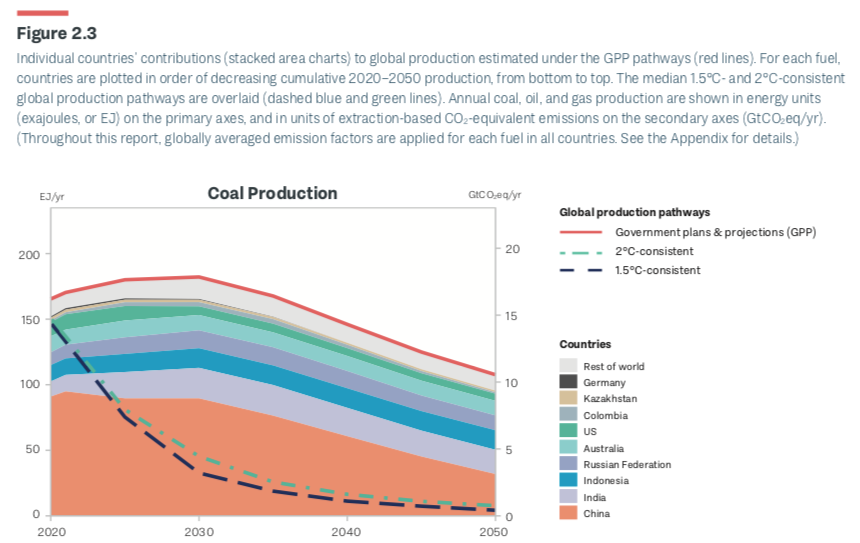
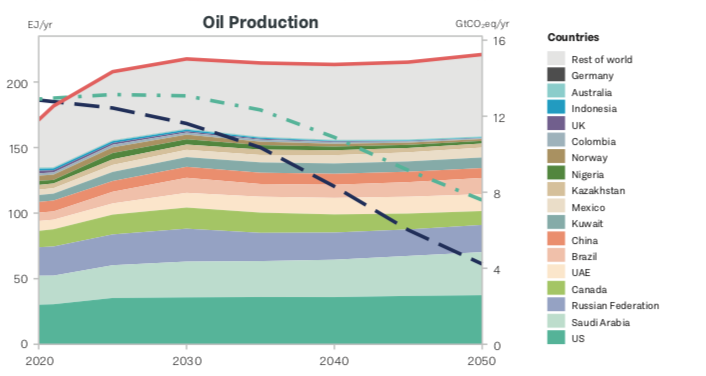
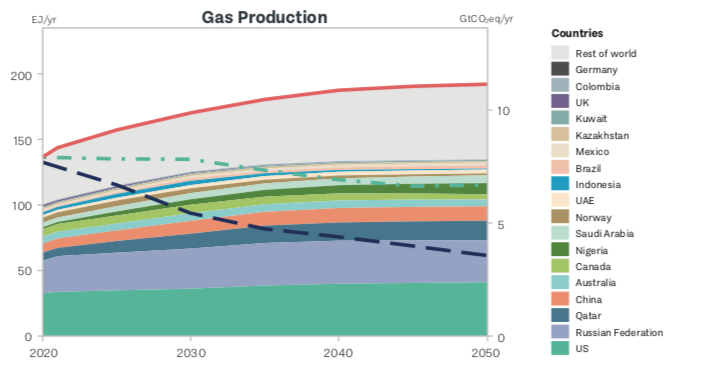
Comments